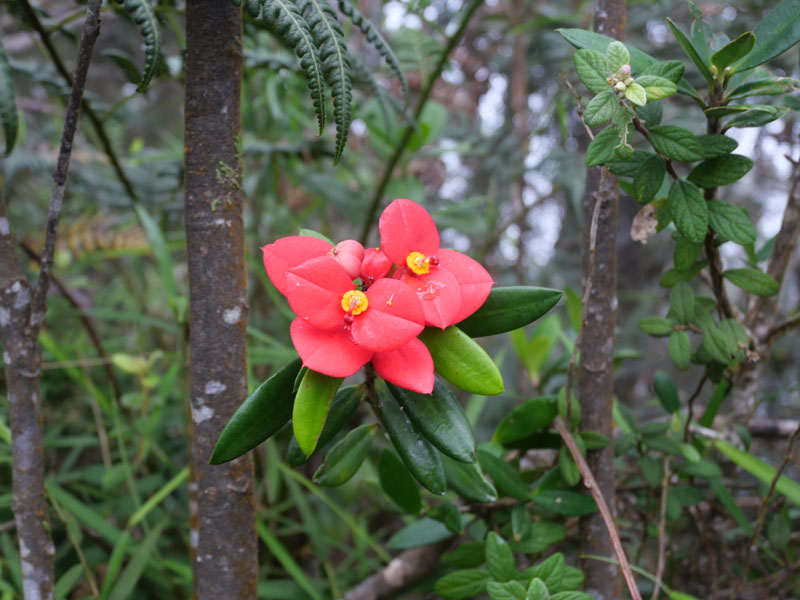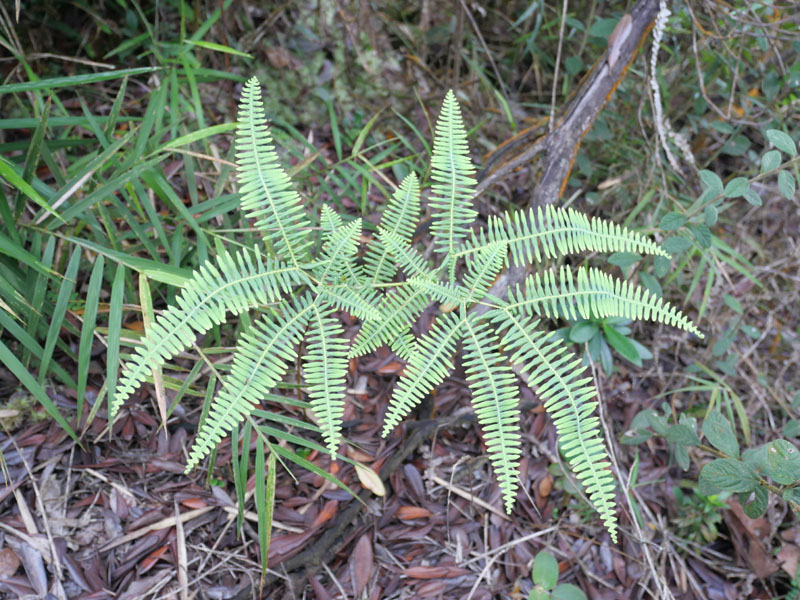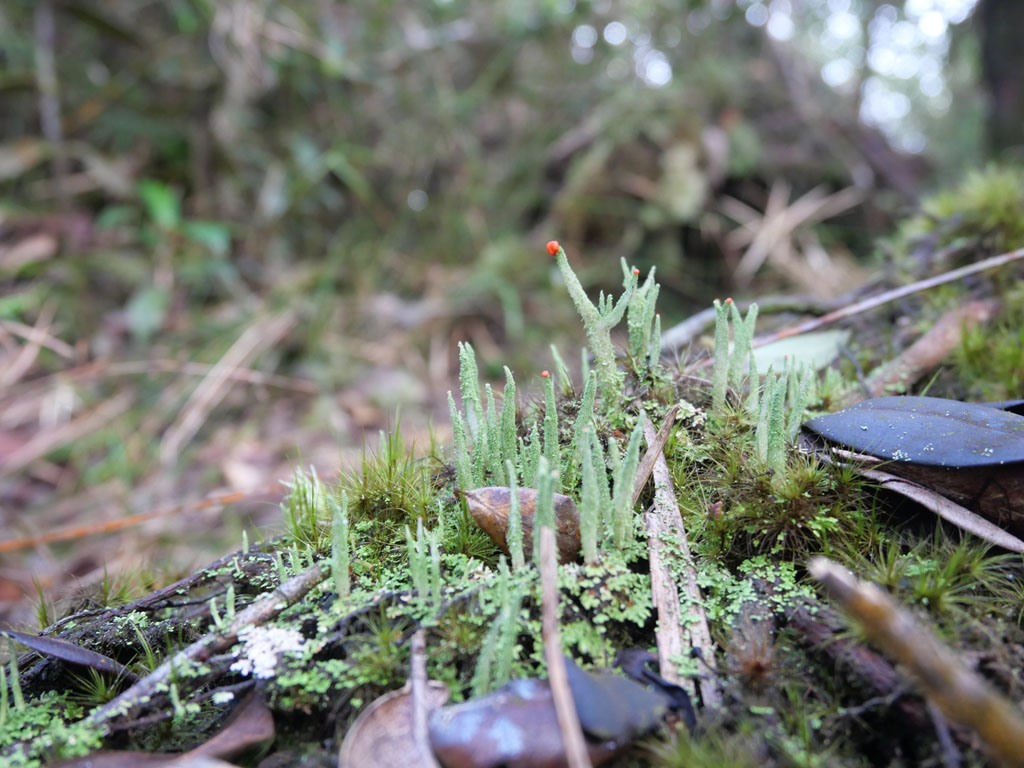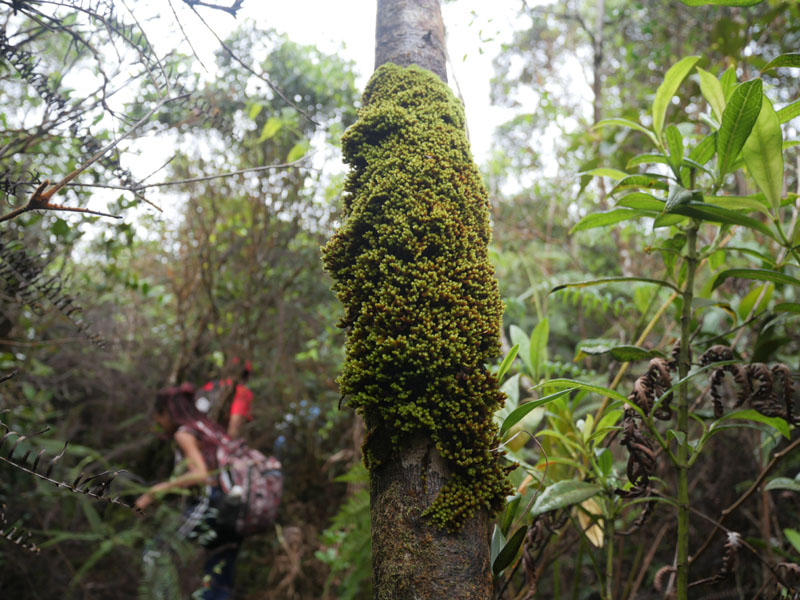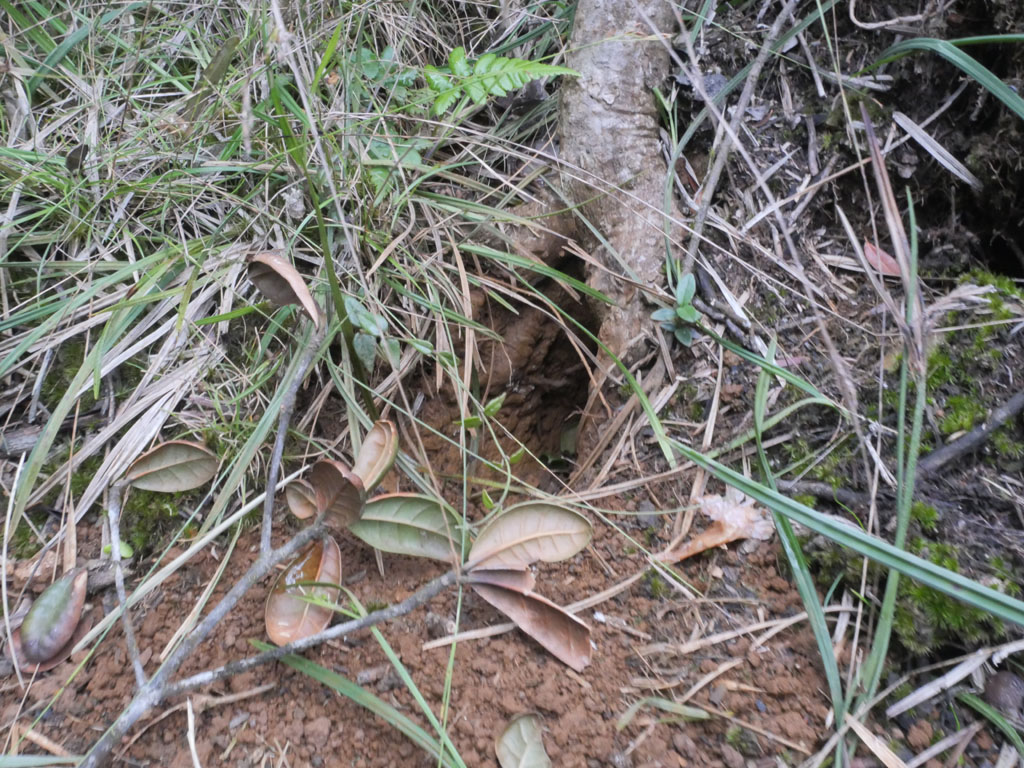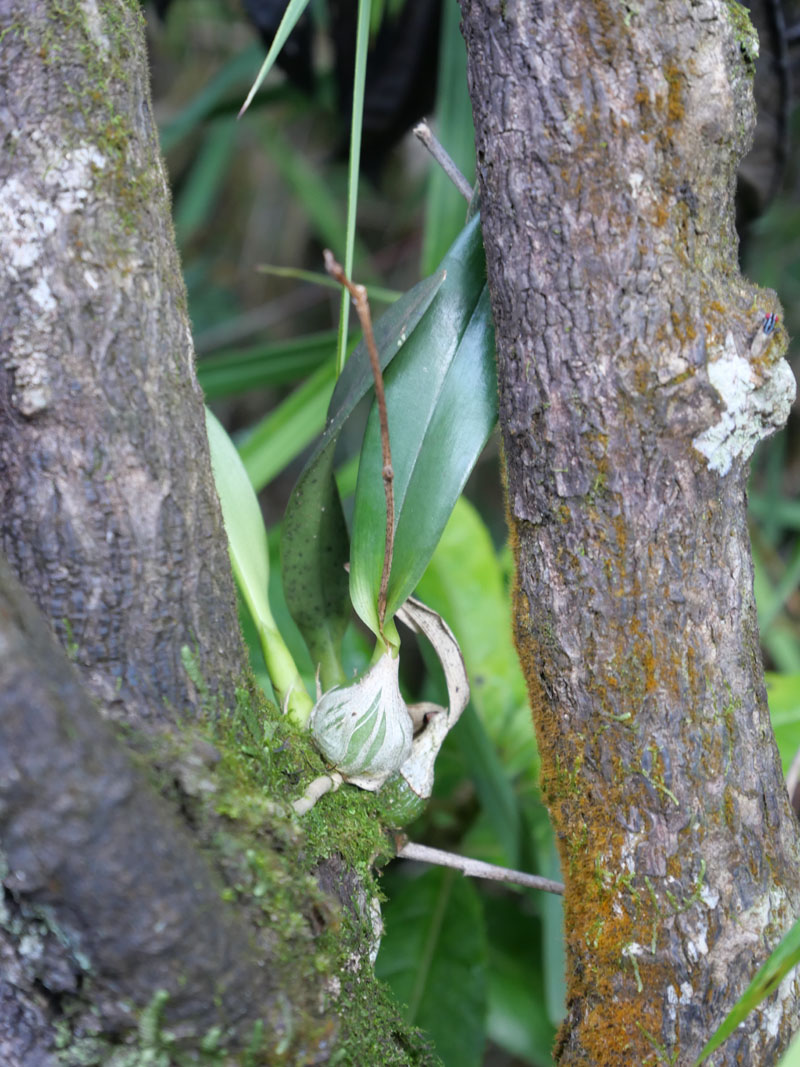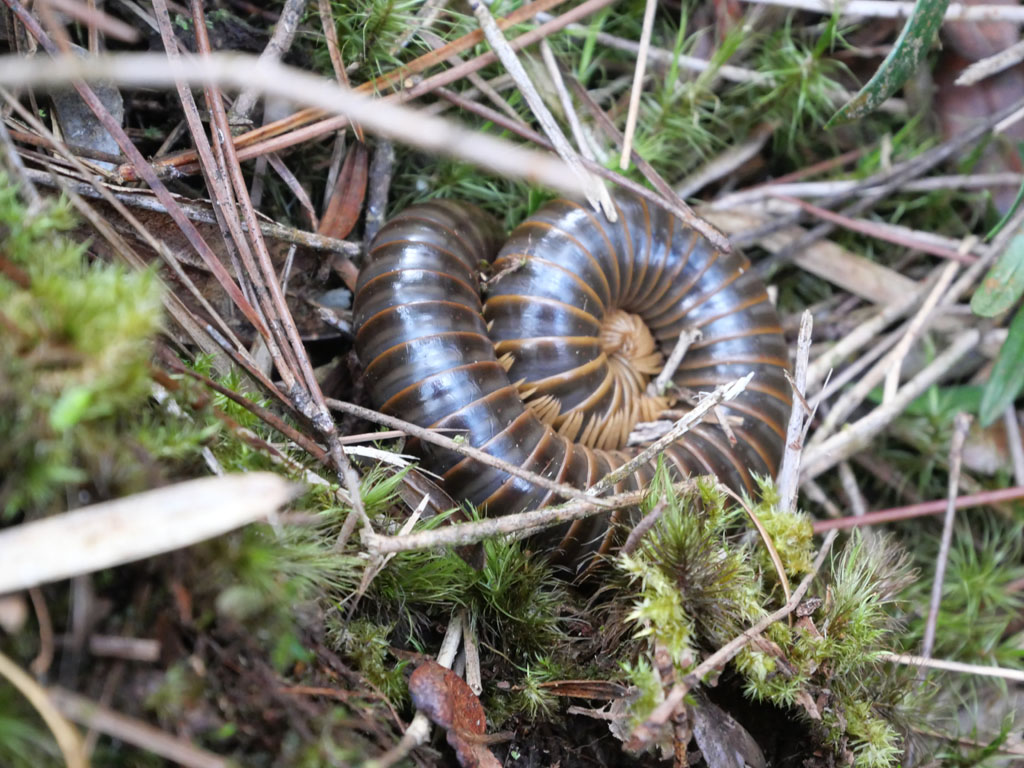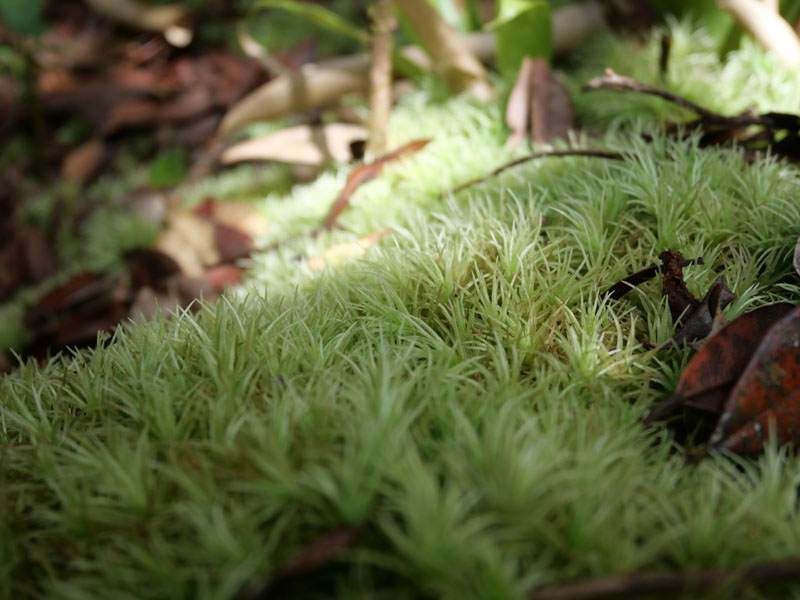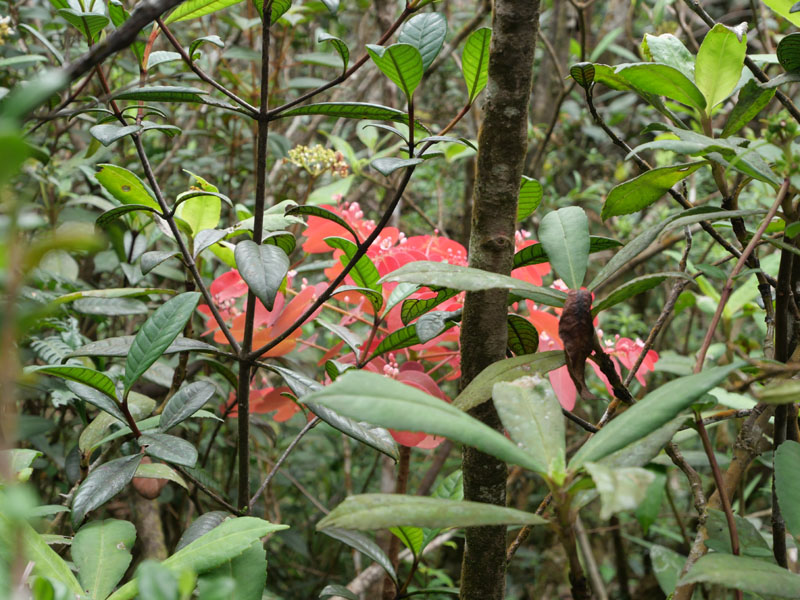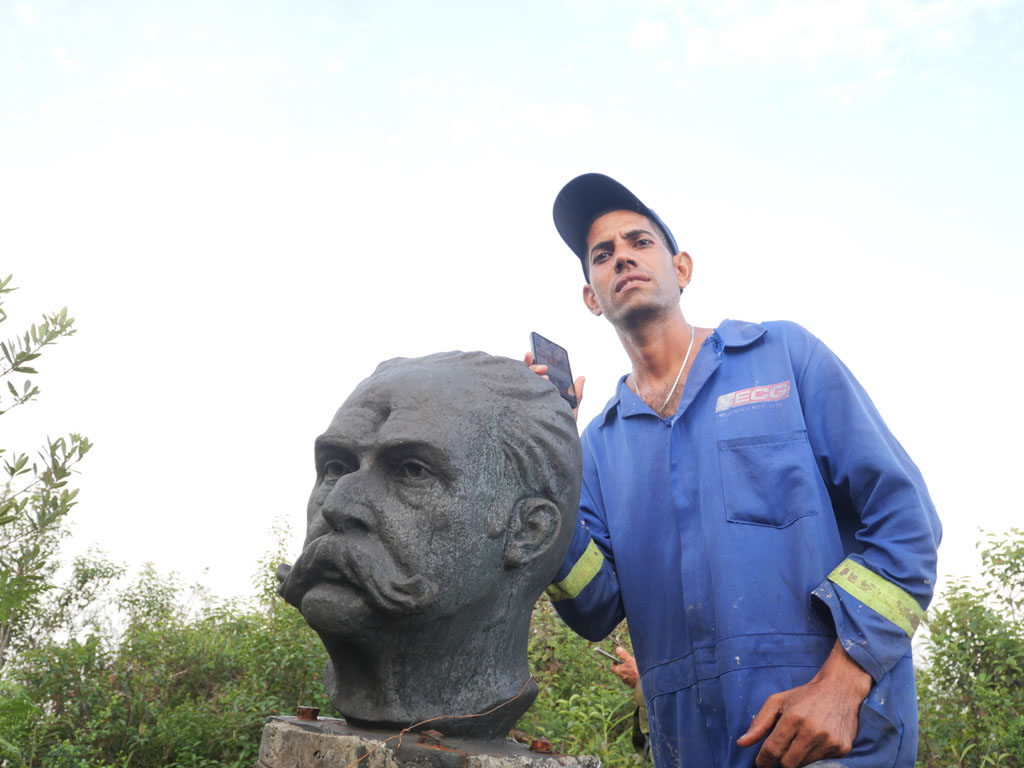Pico Cristal: A Biodiversity Sanctuary
- Written by Reynaldo Zaldívar
- Published in Photo story
- Hits: 1984
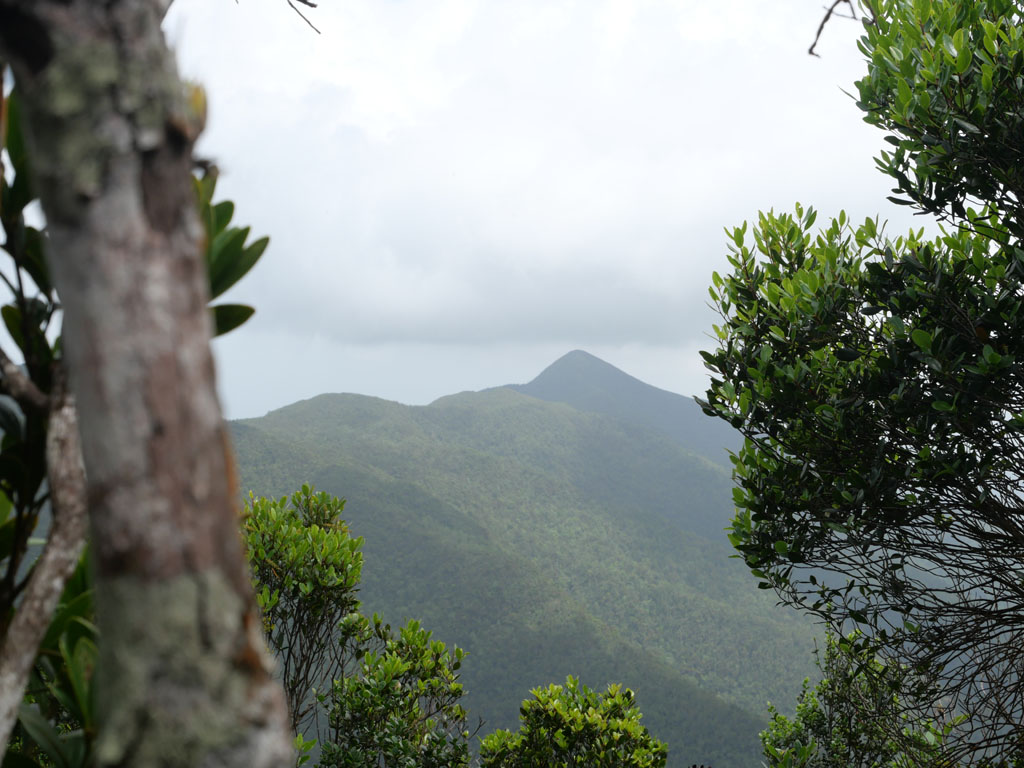
In the heart of eastern Cuba, between the provinces of Holguín and Santiago de Cuba, is located the Pico Cristal National Park, the first protected area of its kind on the island.

This natural treasure covers more than 26,000 hectares of mountainous landscapes, formed by volcanic rocks, limestone, and sandstone dating back to the Jurassic and Paleocene.
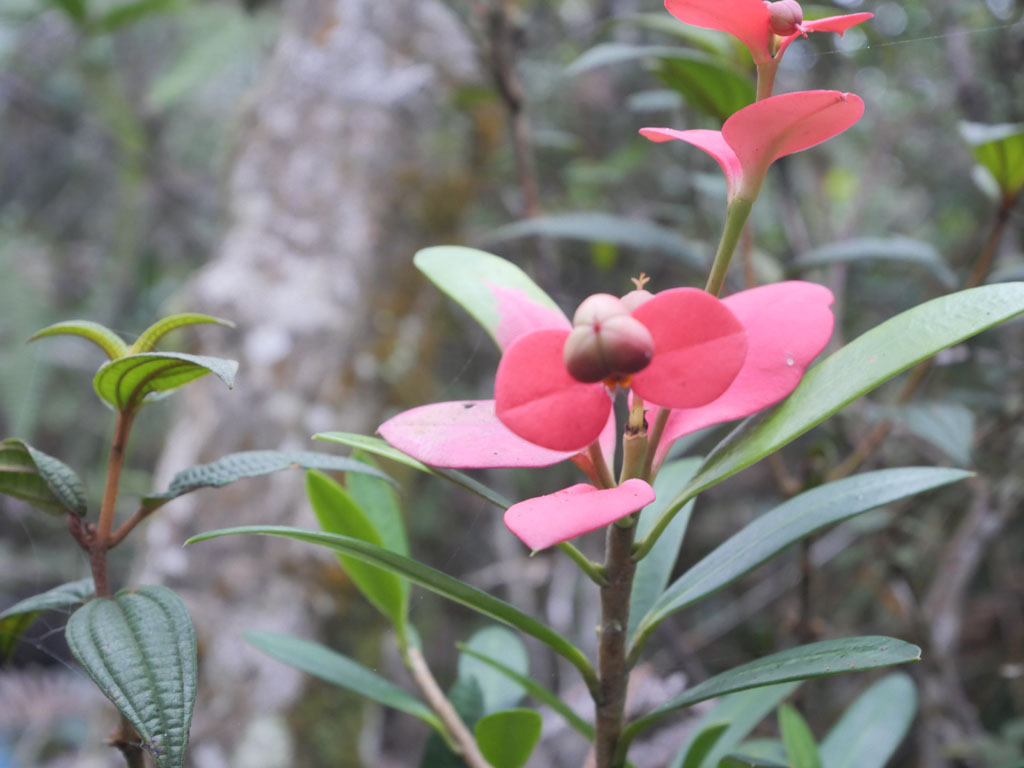
Its highest peak, Pico Cristal, rises 1,231 meters above sea level, with an environment of exceptional ecological richness.
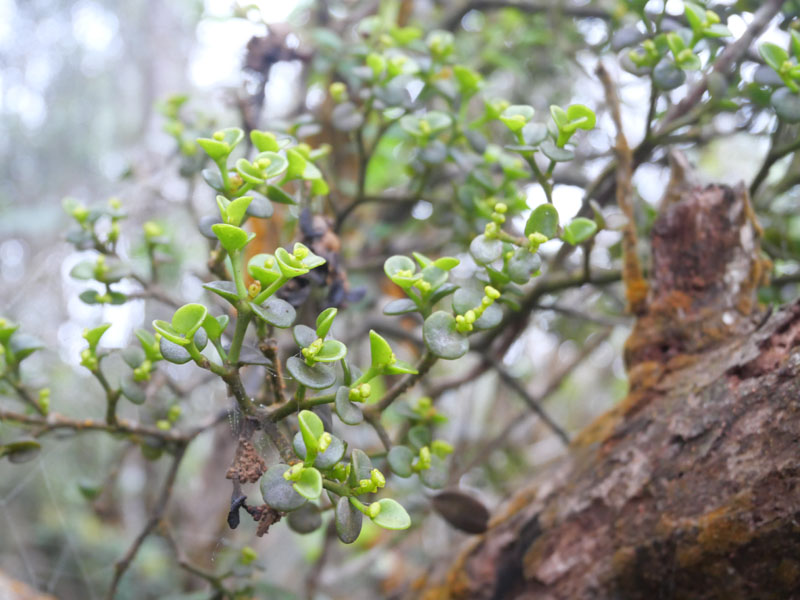
Recognized as a National Monument in 2011, Pico Cristal is a wildlife refuge home to more than 535 botanical species, nearly 300 of them endemic to Cuba. Its vegetation includes the caguairán, the ocuje, the ácana, and the pine, as well as the Rondeletia cristalensis, a river lily that blooms only at these altitudes. But perhaps its most emblematic inhabitant is the almiquí, an enigmatic insectivore that today only survives in Cuba's eastern forests.
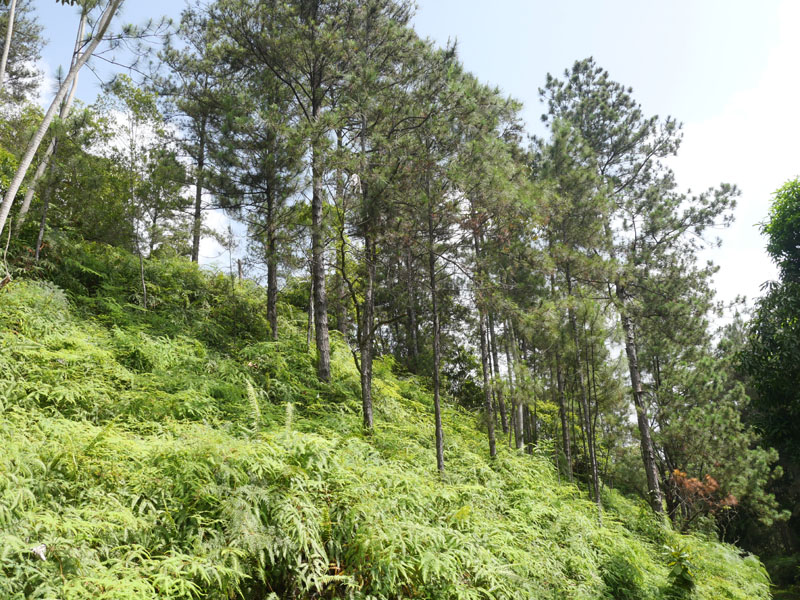
The park's tropical climate, with rainfall exceeding 1,600 mm annually, favors the formation of unique ecosystems: from montane forests to xerophytic scrub on the highest peaks. This diversity, combined with its geographic isolation in the Nipe-Sagua-Baracoa massif, makes Pico Cristal a natural laboratory and a must-see destination for those seeking to discover Cuba's wildest side.
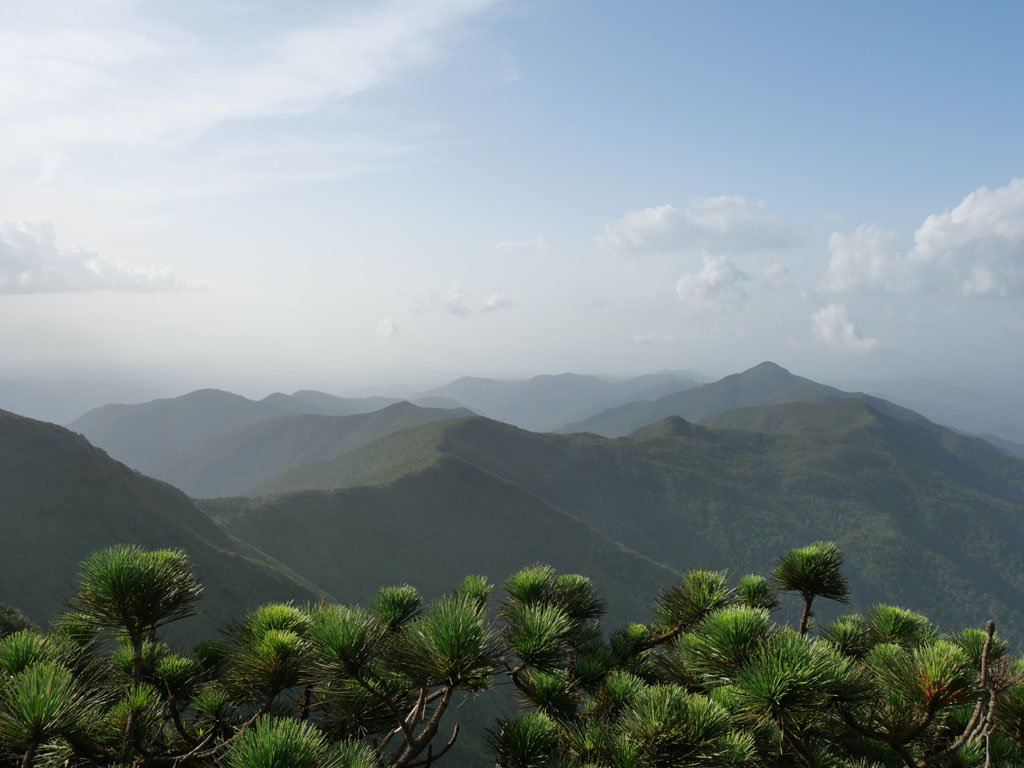
This photo story captures the essence of a place where geological history and wildlife intertwine, reminding us of the urgency of preserving these unique landscapes for future generations.
